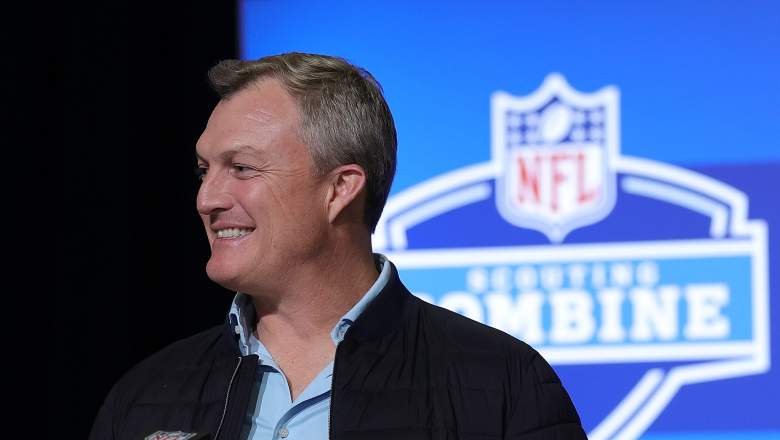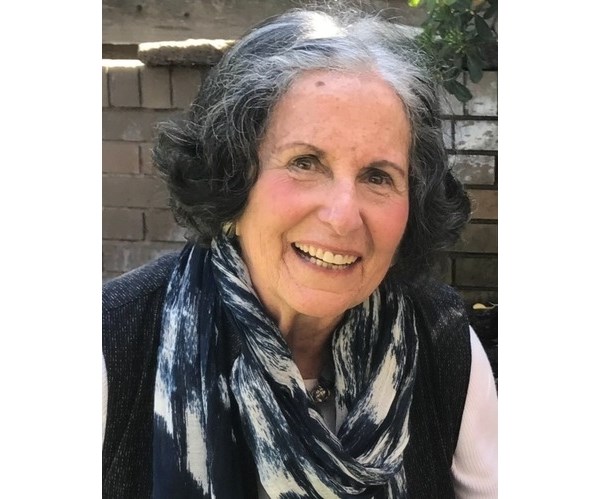Closed streets have polarized San Francisco

Some topics in The City are just too hot to touch.
Such is the case with the future of San Francisco’s streets, which have been partially or totally closed during the pandemic. Their fate remains as uncertain as ever, despite months of calls from local residents to find a way forward.
Whether iconic corridors like Golden Gate Park’s JFK Drive and the Upper Great Highway should remain permanently reserved for people rather than cars has become one of the most contentious and contentious issues of San Francisco’s COVID experience.
With neighborhoods highly polarized, residents increasingly frustrated and city regulators increasingly fearful of venturing into the political minefield, Mayor London Breed has remained largely silent on the matter.
She finally spoke up at the supervisory board meeting on Tuesday. But if anyone was hoping that Breed’s appearance would shed some light on how this ongoing saga will end, they were disappointed.
“I want to wait and see what the data says and what the feedback is before we make any of those decisions,” Breed said. “Some people will be happy and others will not, but that’s what we experience as politicians every day when we make difficult decisions.”
When the COVID-19 pandemic first hit, The City acted quickly to create additional outdoor space to support socially distanced recreation and encourage alternative travel by bike, walking or other modes of transport to key destinations .
The San Francisco Municipal Transportation Agency and the Recreation and Parks Department worked together to close a 1.5-mile stretch of JFK Drive and the Upper Great Highway to vehicles. The transit company also introduced Slow Streets, a program that restricted portions of 30 residential streets to through traffic.
Some herald the moves as a visionary use of public space that encourages healthy activity, a better environment, and safety. Others were angry at how the changes affected navigating The City by car.
These issues have become a political minefield.
There have been unannounced private meetings between interest groups and city officials, a costly lobbying campaign by Golden Gate Park museums to get cars back on JFK Drive, and a mass mobilization of street safety and pedestrian groups with sophisticated communication strategies.
All of that and nearly two years have passed, and enduring plans for the future of JFK Drive, the Upper Great Highway, or many of the Slow Streets are still nowhere to be found.
Supervisor Connie Chan, who represents Richmond and asked for the mayor’s appearance on the board of supervisors on Tuesday, said the process was riddled with inconsistencies, lacked transparency and had yet to make concrete proposals for the future.
“Do you think city offices are actually being held accountable and showing in good faith a transparent process with honest data-backed decision-making?” she said.
Under the authority of the local pandemic emergency ordinance, officials have been able to make many decisions, including decisions related to roads, without having to go through the same rigorous and time-consuming public process that would ordinarily be required. The same rules for public procedures apply only when their permanent use is up for discussion.
Some of the decisions, made by officials without traditional public process, have clearly benefited the camp in favor of restoring vehicle access. Chief among these was the reopening of the Great Highway on weekends and the nightly removal of Slow Street signs in the Outer Sunset. Others, like allowing Muni access to Golden Gate Park at 8th Avenue, have demonstrated the city’s efforts to prioritize transit, safe open spaces and alternative mobility options.
“I acknowledge that there was a lack of proper community input and transparency regarding the decisions,” Mar told the examiner. “But looking ahead, I think the most important thing at this point, given the history and the controversy, is that the city commits to conducting a transparent, inclusive and fair process.”
City authorities say they are committed to the same goals when it comes to finding a lasting solution as dialogue has remained steadfastly snappy.
“The problem with the Great Highway and JFK Drive and even Slow Street is that the debate is so polarized,” Mar said. “When we get input, it’s someone strongly supporting it or strongly opposed to it. There’s very little opportunity to think about how it doesn’t have to be a binary decision.”
SFMTA and Rec and Park have formed a stakeholder task force to gather input on JFK Drive, and officials have issued resident surveys and continue to hold community meetings and collect vast amounts of data about Golden Gate Park and the Great Highway.
SFMTA voted to make Lake Street a permanent Slow Street in August, one of then four, but is now seeking further public comment on the matter. (Craig Lee/The Examiner)
The transit agency has taken an incremental approach to slow streets. It first determines which of the corridors have enough community support to warrant permanence, and then conducts another round of contact to determine the precise design of the newly minted Slow Street moving forward. To date, four Slow Streets have been permanently approved: Lake, Shotwell, Sanchez, and Golden Gate.
“In my opinion, these departments are doing everything they can to get the data they need, get feedback, and make the best decision,” said Breed. “To imply it wasn’t a fair and open process is not a responsible way to gather what we need to make the best decision for San Francisco.”
All this publicity aside, most people still don’t know how things are going to play out.
SFMTA told the examiner that it is holding back approval of additional permanent Slow Streets until the summer when it plans to present a full program proposal to the board. According to Rec and Park, public relations work for JFK Drive is complete and engineering analysis is underway to determine how street configuration would affect transit, the city budget and more. She plans to come up with recommendations earlier this year. And the future of the Great Highway remains a mystery, though Mar suggested aligning the public relations and decision-making process with plans to close the road south of Sloat Boulevard in 2023 as part of an Ocean Beach climate resilience project.
“Right now, I’m not committing to any of the options,” he said of the road closures in San Francisco. “But the process is important and hopefully we can draw on some of the better practices.”
cgraf@sfexaminer.com




:no_upscale()/cdn.vox-cdn.com/uploads/chorus_image/image/72085455/1245257157.0.jpg)
:no_upscale()/cdn.vox-cdn.com/uploads/chorus_image/image/72849427/1757293061.0.jpg)